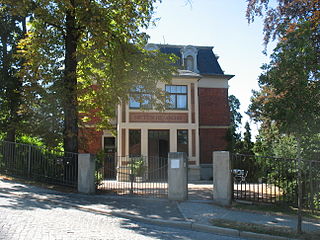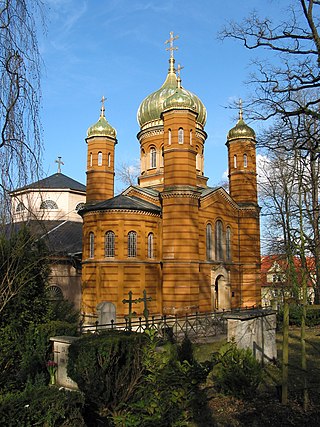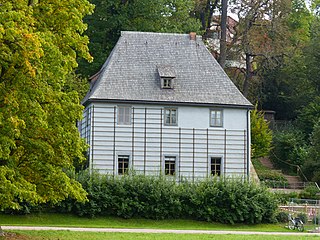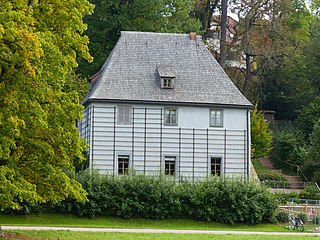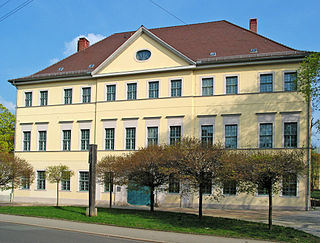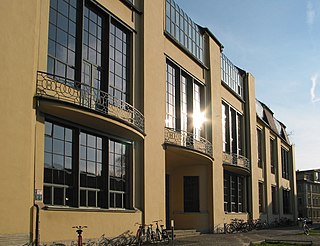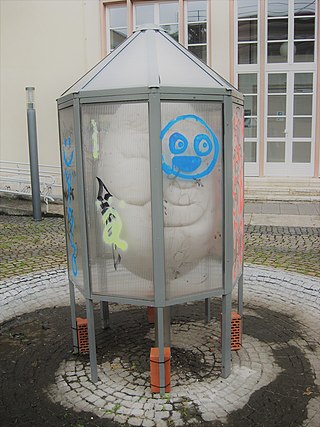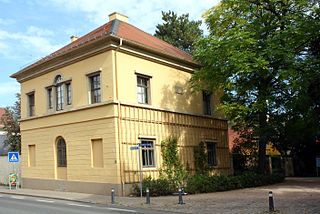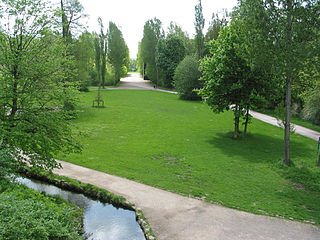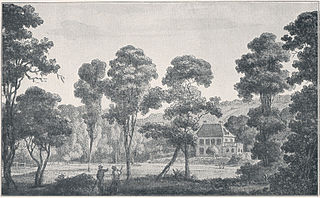Self-guided Sightseeing Tour #3 in Weimar, Germany
Legend
Guided Free Walking Tours
Book free guided walking tours in Weimar.
Guided Sightseeing Tours
Book guided sightseeing tours and activities in Weimar.
Tour Facts
3 km
88 m
Experience Weimar in Germany in a whole new way with our free self-guided sightseeing tour. This site not only offers you practical information and insider tips, but also a rich variety of activities and sights you shouldn't miss. Whether you love art and culture, want to explore historical sites or simply want to experience the vibrant atmosphere of a lively city - you'll find everything you need for your personal adventure here.
Individual Sights in WeimarSight 1: Nietzsche-Archiv
The Nietzsche Archive is the first organization that dedicated itself to archive and document the life and work of the philosopher Friedrich Nietzsche, all sourced from Elisabeth Förster-Nietzsche, the philosopher's sister.
Sight 2: Russisch Orthodoxe Kirche
The Russian Orthodox Chapel is a funerary chapel built in Weimar in 1860 for Grand Duchess Maria Pavlovna of Russia. It was constructed in the Historical Cemetery behind the Weimarer Fürstengruft, to which it is connected by an underground passage. Maria Pavlovna's coffin is located in the passage, with her husband Charles Frederick's coffin placed directly beside it. A spiral staircase leads to another underground connection to the Fürstengruft, though this is now closed by a metal plate.
Sight 3: Fürstengruft
The Klassik Stiftung Weimar is one of the largest and most significant cultural institutions in Germany. It owns more than 20 museums, palaces, historic houses and parks, as well as literary and art collections, a number of which are World Heritage Sites.
Sight 4: Historischer Friedhof
The Klassik Stiftung Weimar is one of the largest and most significant cultural institutions in Germany. It owns more than 20 museums, palaces, historic houses and parks, as well as literary and art collections, a number of which are World Heritage Sites.
Wikipedia: Historical Cemetery, Weimar (EN), Heritage Website
Sight 5: Museum für Ur-und Frühgeschichte Thüringens
The Museum of Prehistory and Early History of Thuringia in Weimar combines a museum with a 1000 m² exhibition area and the Thuringian State Office for the Preservation of Monuments and Archaeology under one roof, which is the sponsor of the museum. The entrance to the museum is in Amalienstraße.
Wikipedia: Museum für Ur- und Frühgeschichte Thüringens (DE), Website, Website
Sight 6: Fakultät Kunst und Gestaltung - Van-De-Velde-Bau
The Grand Duchy of Saxony School of Arts and Crafts Weimar was a private educational institution founded and financed by Grand Duke Wilhelm Ernst of Saxe-Weimar on 1 April 1908 on the initiative of the Belgian architect Henry van de Velde, which existed in Weimar until 30 September 1915. It is not to be confused with the former Grand Duchy of Saxony School of Art Weimar, which is adjacent to it. After the end of the First World War, her legacy was absorbed into the State Bauhaus in Weimar in 1919. The associated building, the Arts and Crafts School building, built in 1906, has been a UNESCO World Heritage Site since 1996 as a Bauhaus site.
Wikipedia: Kunstgewerbeschule Weimar (DE), Website, Heritage Website
Sight 7: Fakultät Architektur und Urbanistik- Hauptgebäude
The Grand-Ducal Saxon Art School, Weimar was founded on 1 October 1860, in Weimar, Germany, by a decree of Charles Alexander, Grand Duke of Saxe-Weimar-Eisenach. It existed until 1910, when it merged with several other art schools to become the Großherzoglich Sächsische Hochschule für Bildende Kunst. It should not be confused with the Weimar Princely Free Drawing School, which existed from 1776 to 1930 and, after 1860, served as a preparatory school.
Wikipedia: Grand-Ducal Saxon Art School, Weimar (EN), Website, Heritage Website
Sight 8: Die Badende - Das Ei
The Bather – The Egg is a 1.4-ton egg-shaped sculpture with a height of 1.26 m and a diameter of 0.79 m, which depicts a girl's figure during bathing, in marble, from which the water trickles into a circular flat and domed basin made of cobblestones. This is set up in the middle of the square of the university campus of the Bauhaus-Universität in Weimar at Marienstraße 13–15, in an inner courtyard not far from the Mensa am Park. This ornamental fountain was created in 1983 by Hubert Schiefelbein. The square itself is covered with paving stones that are arranged in a circle around the fountain, which further enhances the effect of the fountain. The egg itself is installed in the middle of a tube, which gives the impression that this sculpture is literally floating. In 2015, this sculpture was restored.
Sight 9: Liszt-Haus
The Liszt House Weimar is the former home of the composer and pianist Franz Liszt in Weimar, which is now used as a museum. The house is located at Marienstraße 17 in front of the beginning of Belvederer Allee south of Weimar city centre on the edge of the Ilmpark.
Sight 10: Ilmpark
The Park an der Ilm is a large Landschaftspark in Weimar, Thuringia. It was created in the 18th century, influenced by Johann Wolfgang von Goethe, and has not been changed much, preserving a park of the period. It forms part of the World Heritage Site "Classical Weimar along with other sites across Weimar bearing testimony to the city's historical importance as a cultural hub during the Weimar Classicism movement in the late 18th and 19th centuries".
Sight 11: Goethes Gartenhaus
Goethe's garden house in the park on the Ilm in Weimar was a home and workplace of Johann Wolfgang von Goethe. Since 1998, it has been a UNESCO World Heritage Site as part of the "Classical Weimar" ensemble. The Corona-Schröter-Weg runs past this. It stands at the foot of the Horn.
Share
How likely are you to recommend us?
Disclaimer Please be aware of your surroundings and do not enter private property. We are not liable for any damages that occur during the tours.
GPX-Download For navigation apps and GPS devices you can download the tour as a GPX file.
